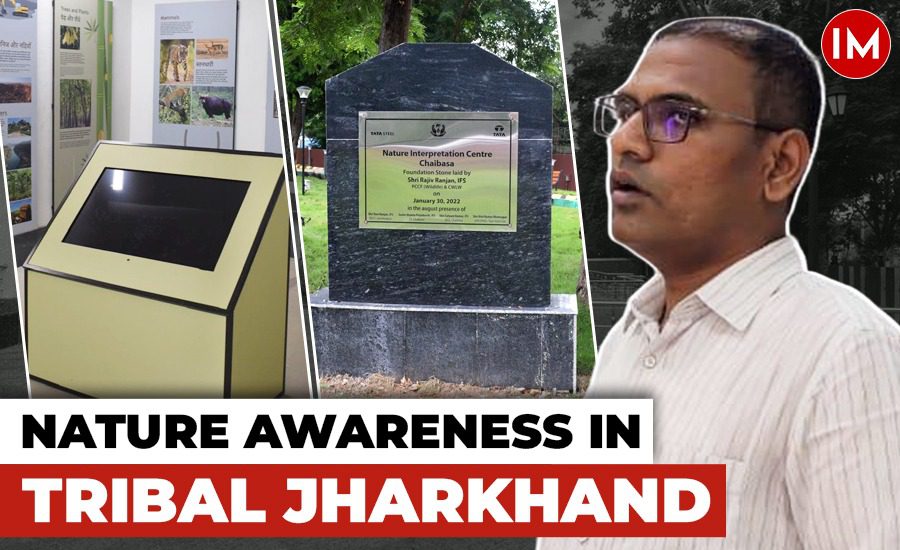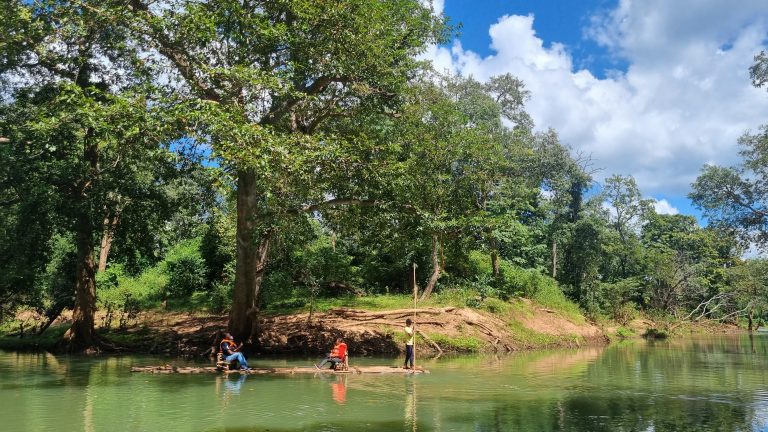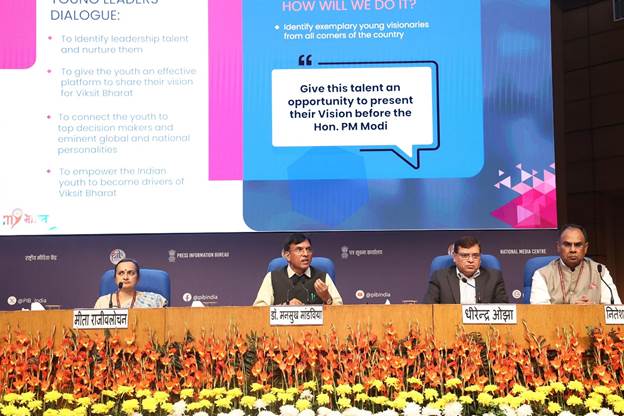In the remote tribal district of Chaibasa, Jharkhand, environmental awareness has often taken a backseat to more immediate concerns. For a community deeply connected to the land yet largely unaware of the environmental and climatic challenges posed by unsustainable practices like mining, change was essential. Satyam Kumar, the Divisional Forest Officer (DFO) of Chaibasa, recognized this need and envisioned a project that would bridge the gap between the community and nature.
Under his leadership, Jharkhand’s first Nature Interpretation Center was established, marking a significant step forward in raising environmental consciousness and promoting sustainable development. He shared details about it in an exclusive conversation with Indian Masterminds.
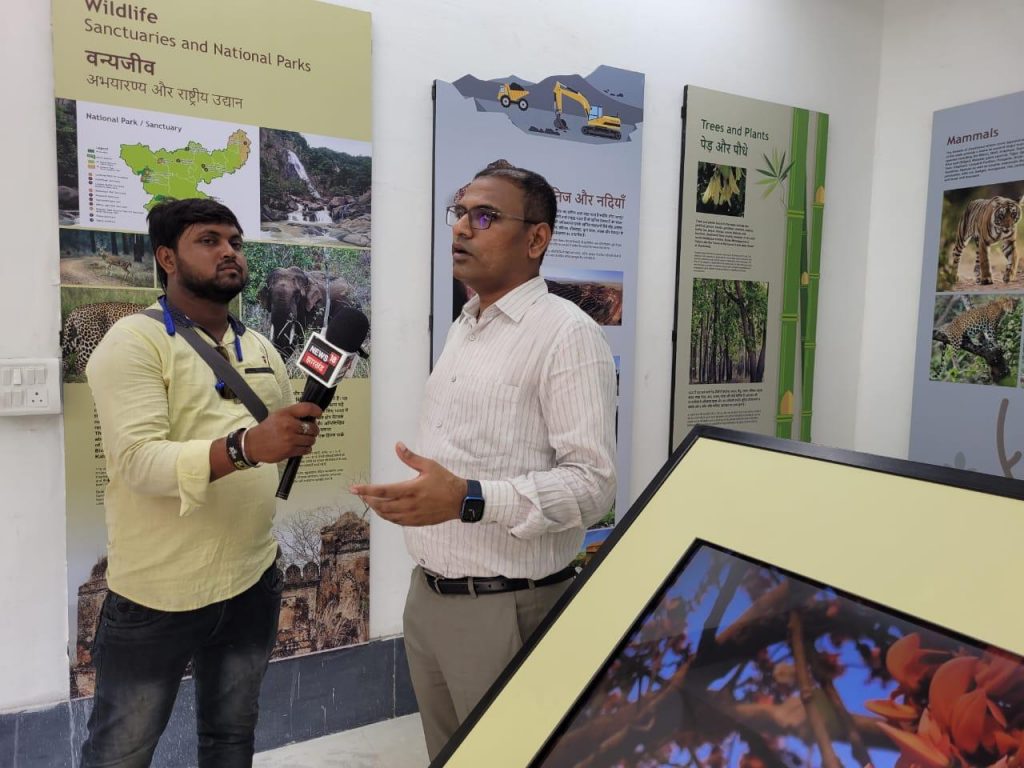
THE INSPIRATION
Chaibasa, located in the heart of Jharkhand, is a region where mining has long been a way of life. However, the local community often viewed mining as merely digging pits and filling them with water. There was little understanding of the broader environmental implications of such practices, such as habitat destruction, water pollution, and the loss of biodiversity. Recognizing this disconnect, Satyam Kumar decided to create a space that would educate and inspire.
The Nature Interpretation Center at Chaibasa was designed to be more than just a building—it is a hub of knowledge and a tool for conservation. Through this center, Kumar aimed to change the perception of the local community, encouraging them to see mining and other activities through a lens of sustainability.
“Keeping this in mind, we established the first nature interpretation center of Jharkhand at Chaibasa. The center is made up on different themes such as environmental issues, biodiversity, elephant science, heritage of Jharkhand, and other such things,” he told Indian Masterminds.

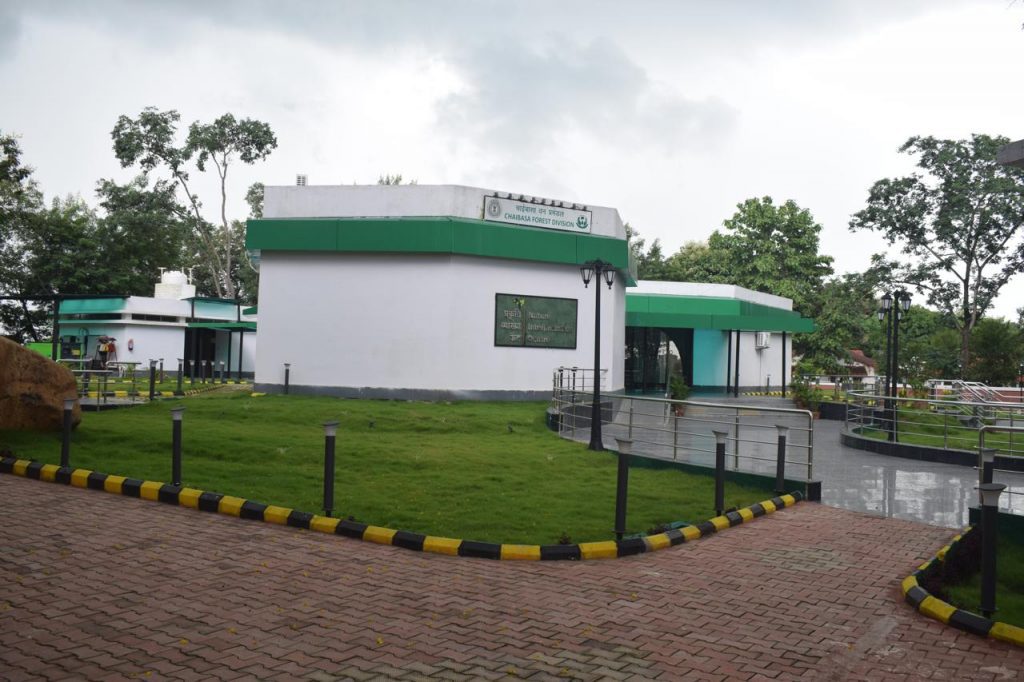
THE NATURE INTERPRETATION CENTER: A HUB OF KNOWLEDGE AND CONSERVATION
Located at the West Singhbhum headquarters, the Nature Interpretation Center stands as proof of what can be achieved when vision meets commitment. Spread across 5,710 square feet, the center is a collaboration between the Forest Department and Tata Steel, with the Environment Education Center (EEC) managing the project.
At its core, the center offers visitors an immersive experience through 3D depictions of wild animals and plants. Whether it’s witnessing how wild animals hunt at night or exploring the rich biodiversity of Jharkhand, the center brings the forest to life for its visitors
For those unable to read or write, we have included a 3D virtual forest that allows them to experience the beauty of nature and learn about conservation in a way that resonates with them,” stated the officer.


THE ROOMS: EXPLORING NATURE, HERITAGE, AND CONSERVATION
The Nature Interpretation Center is divided into seven rooms, each dedicated to a different aspect of nature, culture, and conservation:
– Room 1: Bio-Geographic Zones of India
This room covers the various ecological zones across India, from the Trans-Himalayan zone to the coastal regions, highlighting the diversity of life in each area.
– Room 2: Biodiversity of Jharkhand
Here, visitors can explore Jharkhand’s unique flora and fauna, including the Asian elephant, the Asian koel, and the Palash tree.
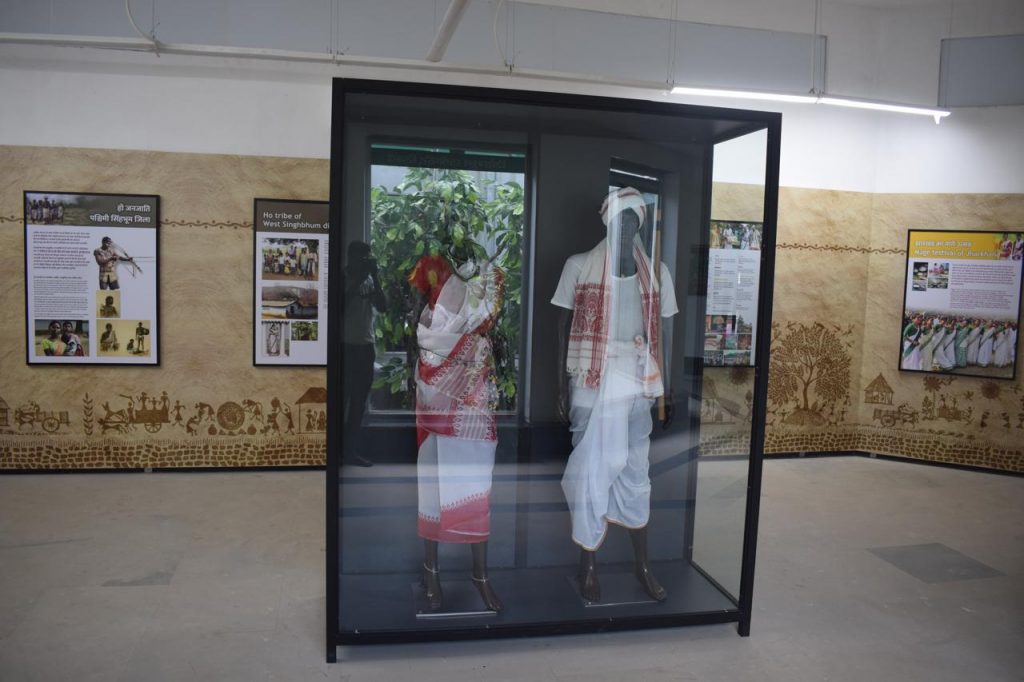
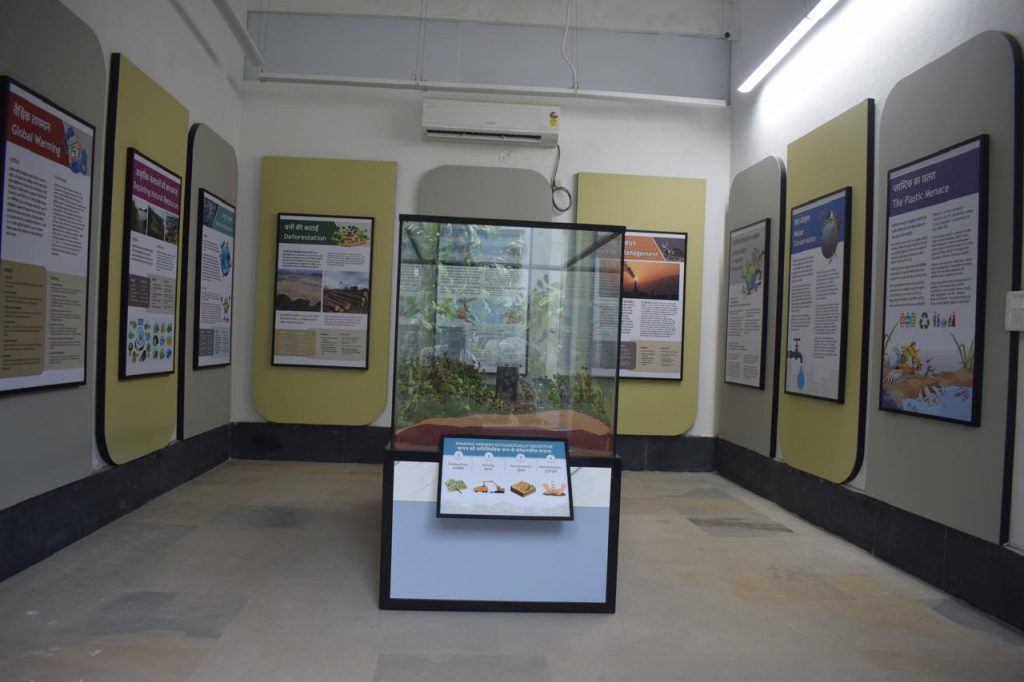
– Room 3: Science of Elephants
This room delves into the biology and behavior of elephants, emphasizing their significance to the ecosystem.
– Room 4: Heritage of Jharkhand
Visitors can explore the rich cultural and natural heritage of Jharkhand, including historic sites, waterfalls, and cave paintings.
– Room 5: Culture of Jharkhand
This room celebrates the diverse cultural traditions of the state’s tribal communities.
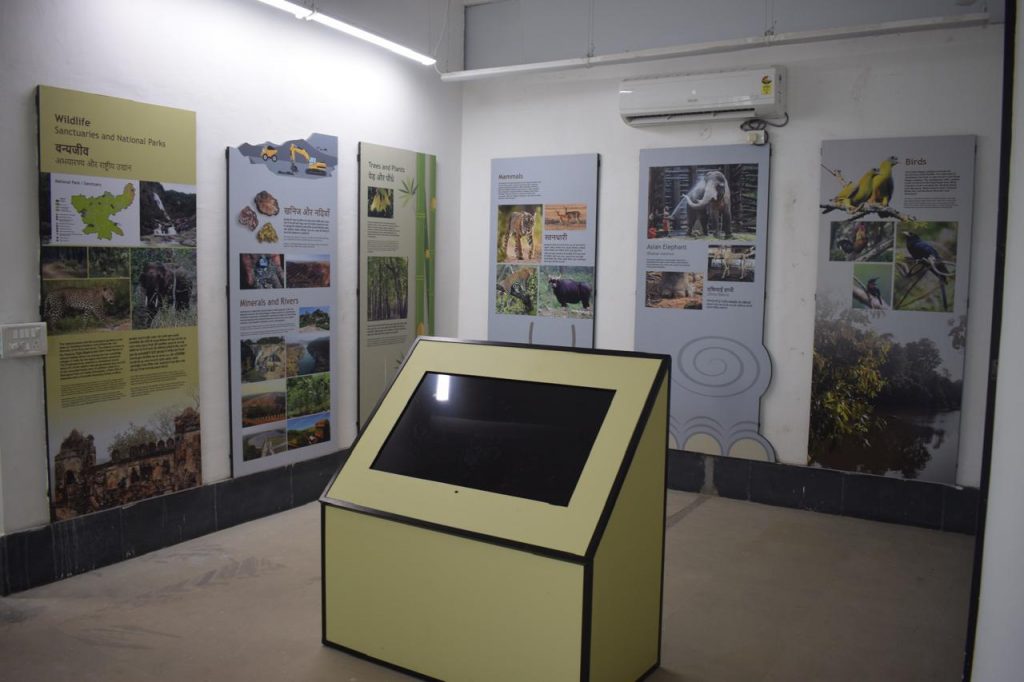
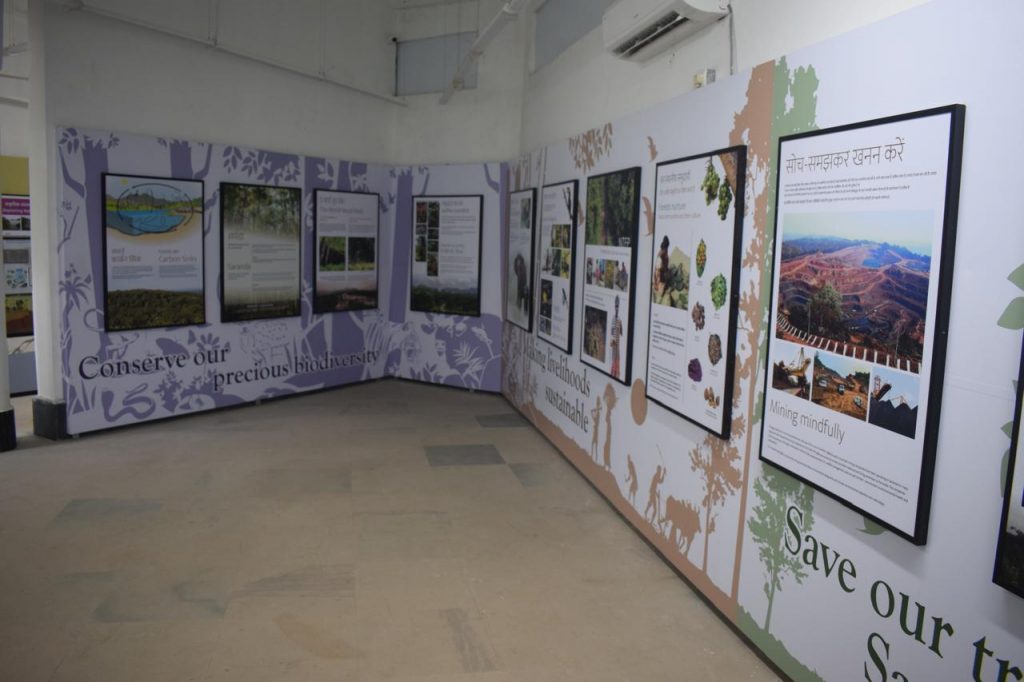
– Room 6: Environmental Challenges and Solutions
From global warming to deforestation, this room tackles the pressing environmental issues facing the region and offers solutions for a sustainable future.
– Room 7: Conservation and Act Now
This room encourages visitors to take action, covering topics like water conservation, waste management, and responsible tourism.
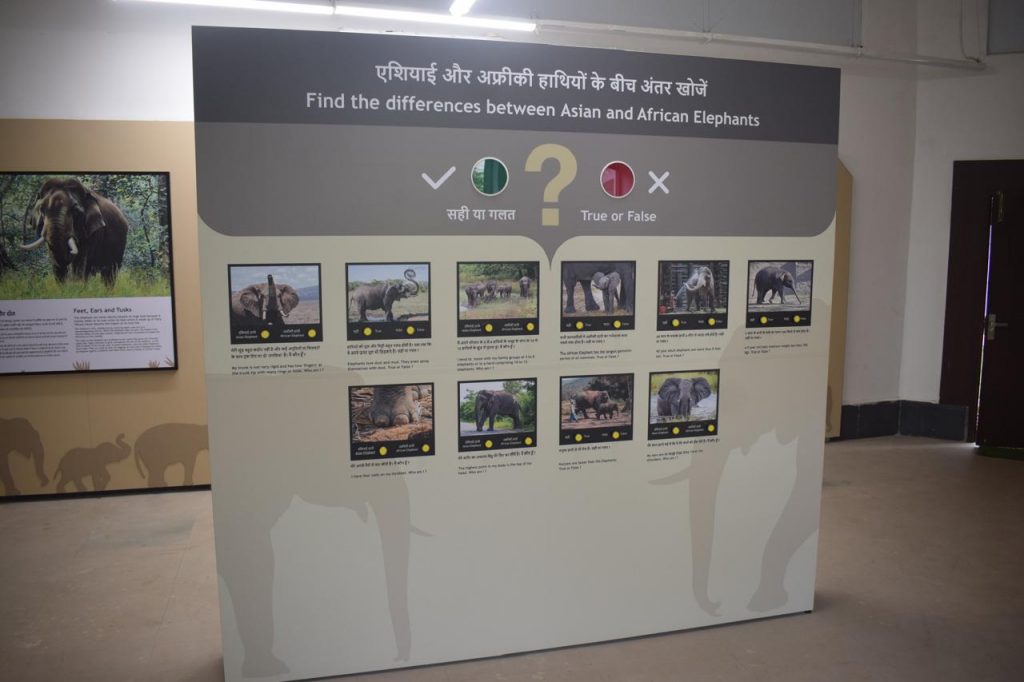
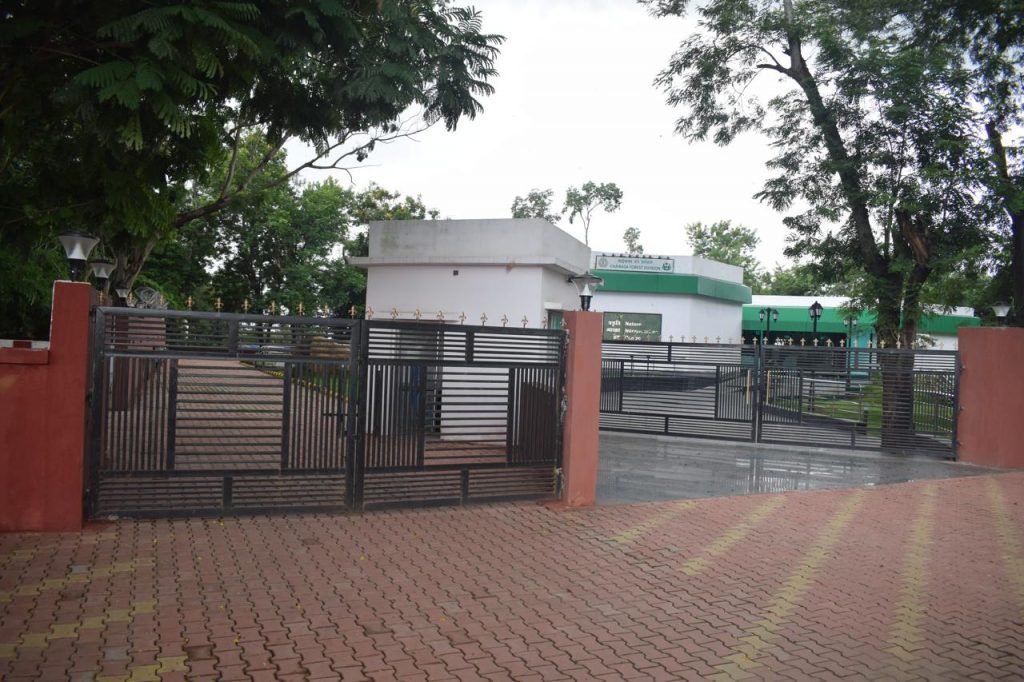
IMPACT ON THE COMMUNITY
One of the center’s most significant impacts has been on the local community. Entry is free for school students and local village forest committees, ensuring that the knowledge it imparts is accessible to everyone. For other visitors, the fee is a nominal ₹10, making it affordable for all.
The center has also empowered local communities by involving them in its operations. The local forest committees run the center, and the profits generated from visitors go directly to them. This initiative not only raises awareness but also provides economic benefits to the people of Chaibasa.
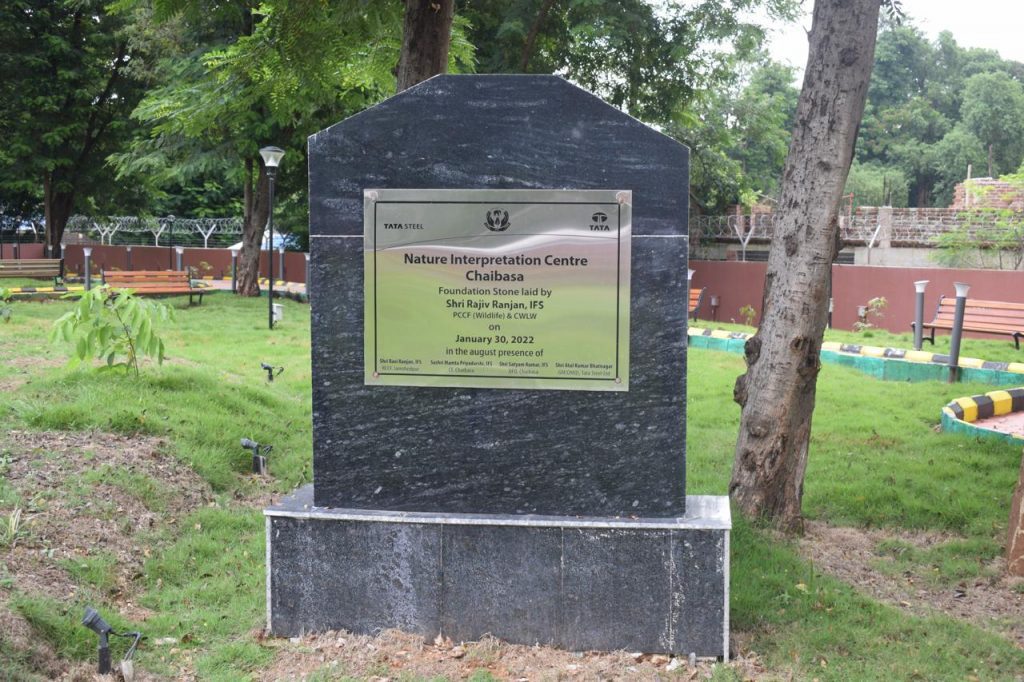
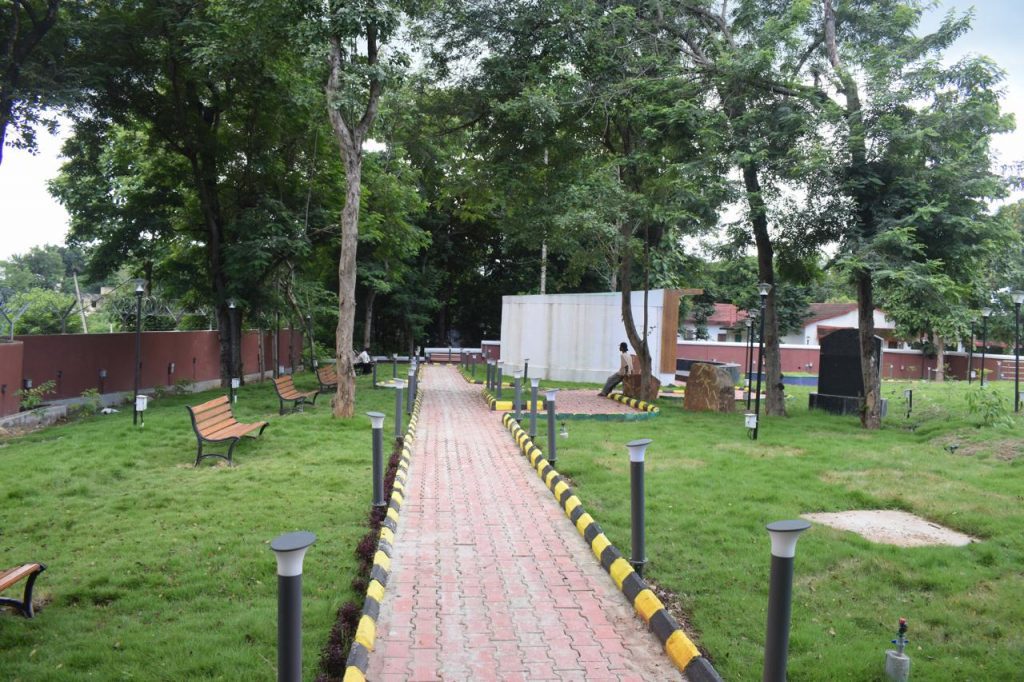
A LASTING LEGACY OF ENVIRONMENTAL STEWARDSHIP
The establishment of Jharkhand’s first Nature Interpretation Center is more than just a project—it is a legacy. Satyam Kumar’s initiative has brought environmental education to a region that desperately needed it. By fostering a deeper understanding of nature and sustainability, he has sown the seeds for a greener future in Chaibasa
Through this center, the people of Chaibasa are learning that there is more to mining than digging pits and that every action they take has a ripple effect on the environment. Thanks to the visionary leadership of Satyam Kumar, the community now has the tools to make more informed and sustainable decisions, ensuring that their natural heritage is preserved for generations to come.

